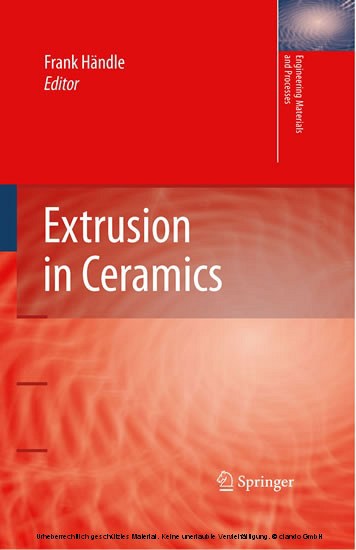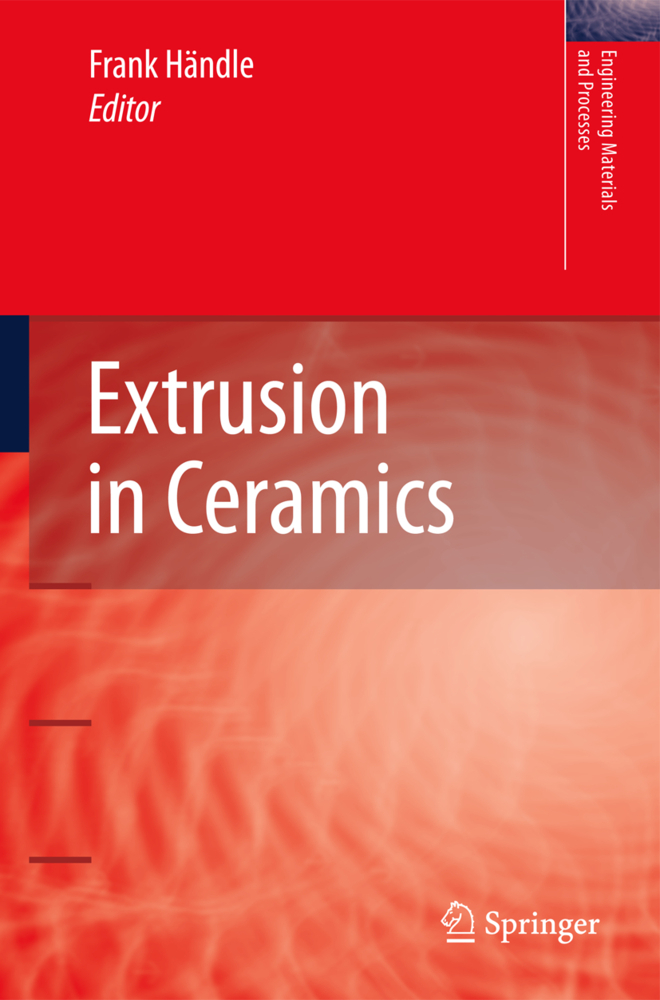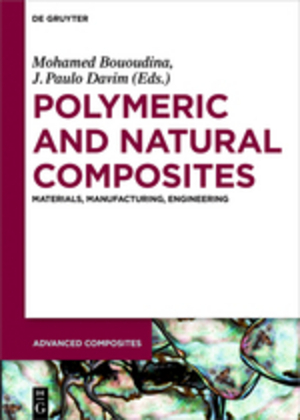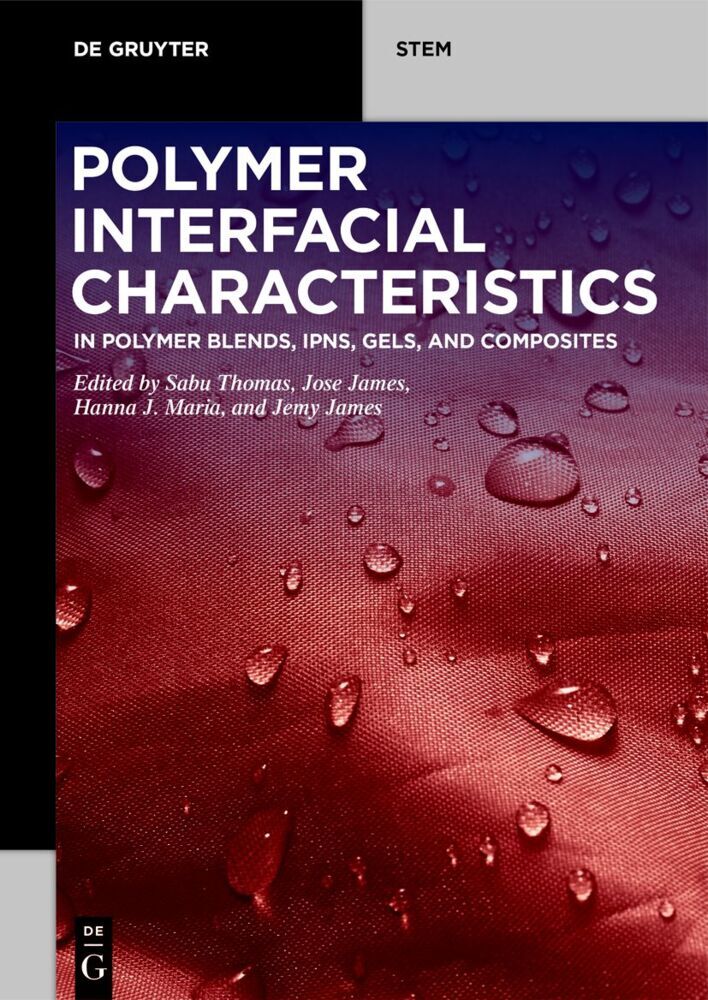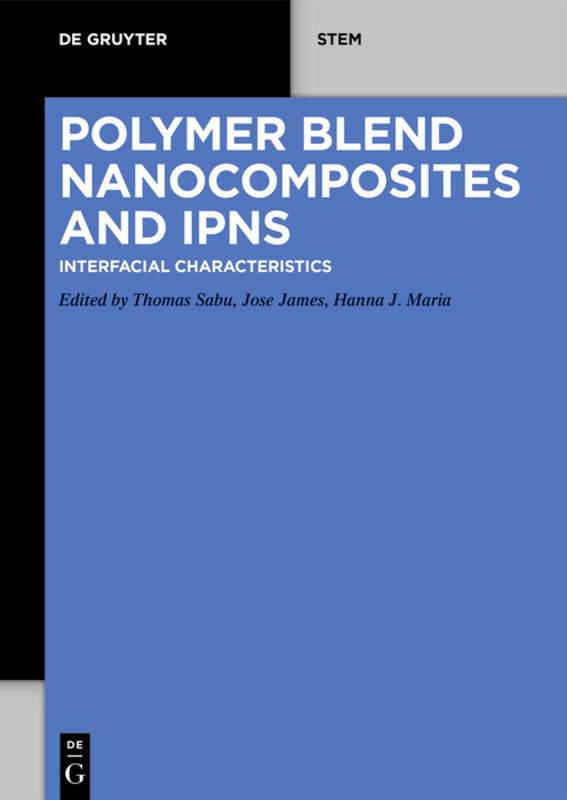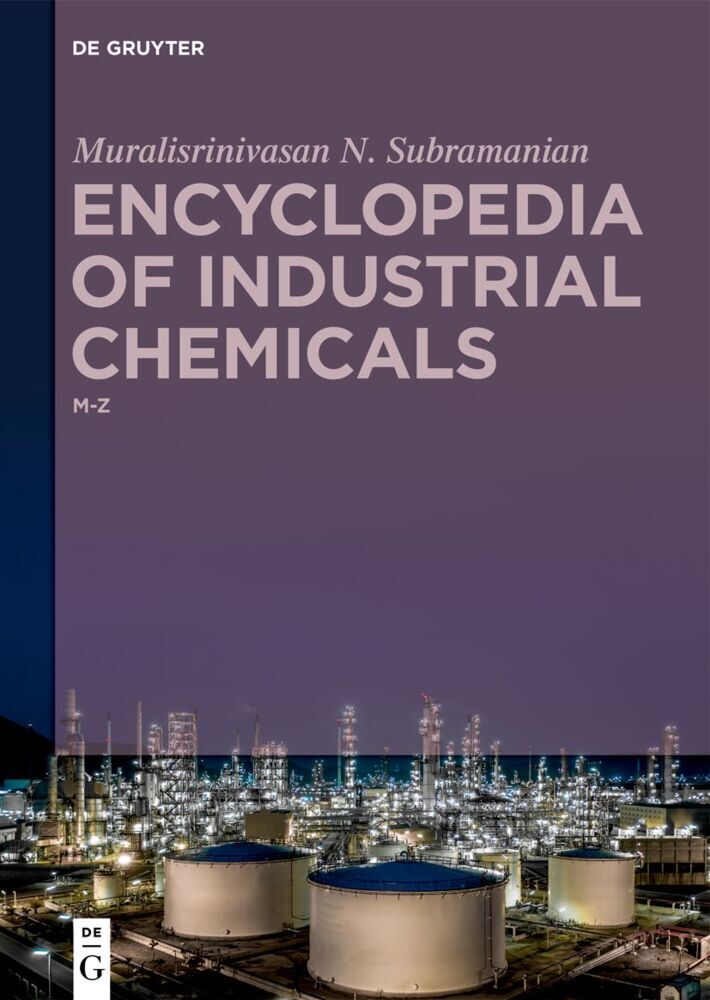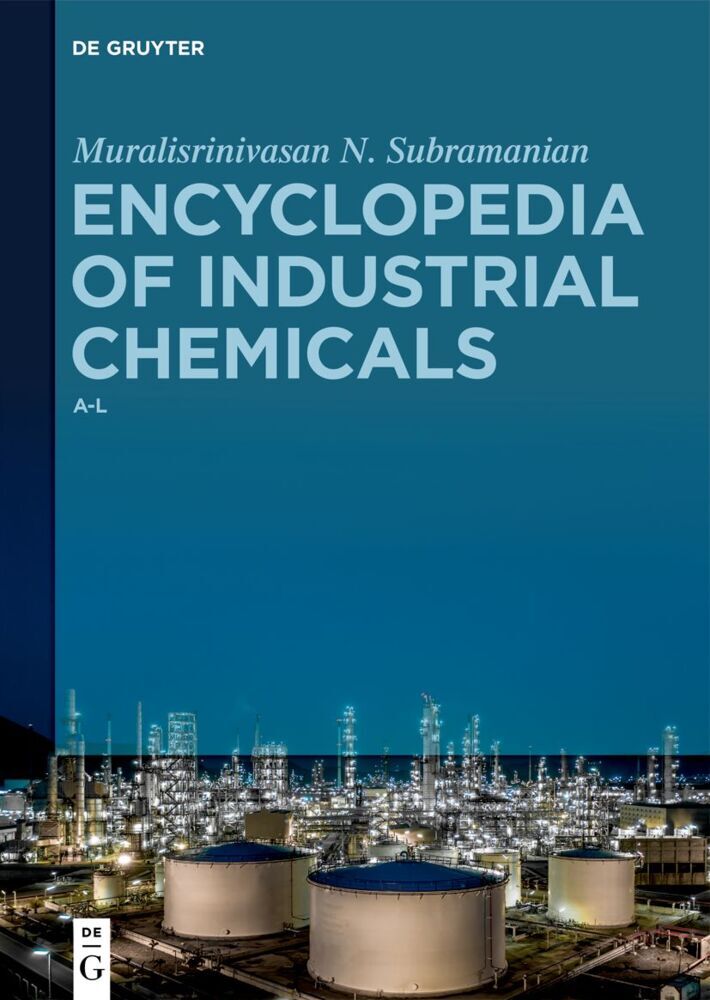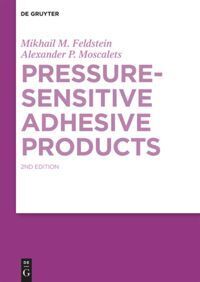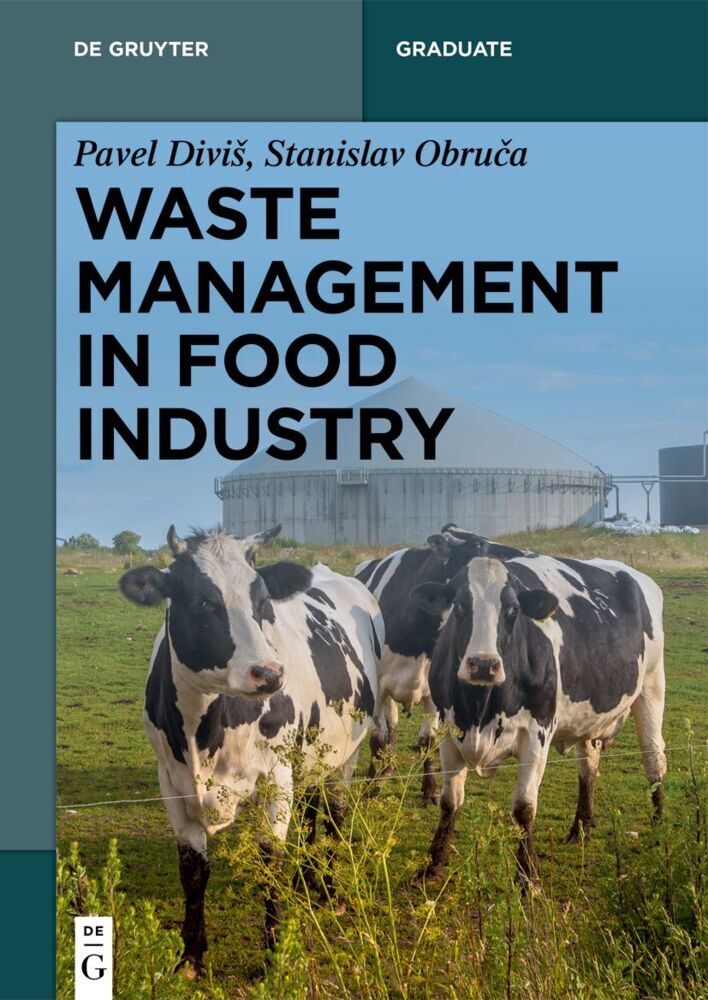This is the first book worldwide about extrusion in ceramics to cover the complete subject. For the first time, readers find the principles of extrusion of ceramics, the history of extrusion in the ceramic industry, rheology of ceramic bodies, simulation for ceramic extrusion, wear and contamination in extrusion, additives for extrusion and more in 20 chapters, each chapter written by well known experts. Extrusion in Ceramics is written for advanced students in Material Sciences as well as for scientists, for experienced managers in the ceramic industry, as well as for newcomers who want to broaden their knowledge about the possibilities of this technology. The essential literature is cited for each chapter as well as for the whole field. Extrusion in Ceramics is a must for everybody who is involved in the extrusion of structural ceramics like bricks and tiles as well as in the extrusion of honeycombs and catalysts in advanced ceramics.
1;Contents;6 2;List of Contributors;8 3;Acknowledgements;10 4;Introduction;11 4.1;1.1 What to Expect;11 4.2;1.2 History of an Obsession;12 4.3;1.3 About the Various Contributions;15 4.4;1.4 Famous LastWords;18 4.5;References;21 5;Shaping in Ceramic Technology - An Overview;23 5.1;2.1 Dry Pressing;24 5.2;2.2 Extruding;31 5.3;2.3 Slip Casting;33 5.4;References;40 6;Current Classification of Ceramic Materials;44 6.1;3.1 Classification by Application or Chemical-Mineralogical Structure;44 6.2;References;65 7;Types of Extrusion Units;67 7.1;4.1 Classification by the Range of Application;68 7.2;4.2 Classification by the Product to be Extruded;70 7.3;4.3 Classification by the Arrangement of the Auger Shaft and Direction of Column Exit;70 7.4;4.4 Classification by the Diameter of the Extruder Barrel;73 7.5;4.5 Classification by the Number of Auger Shafts;74 7.6;4.6 Classification by the Consistency of the Body to be Processed;76 7.7;4.7 Classification by the Design of the Extruder Barrel;77 7.8;4.8 Classification by the Design and Mounting of the Augers;80 7.9;4.9 Classification by Specific Extrusion Method;81 7.10;4.10 Classification by the Type of De-Airing Device Employed;85 7.11;4.11 Classification by the Extruder Design Features;85 7.12;4.12 Classification by the Design of the De-Airing Mixer;89 7.13;4.13 Classification by the Design Version of the Combined De- Airing Extrusion Unit;89 7.14;References;92 8;A Short History of the Extruder in Ceramics;93 8.1;5.1 The Development of the Extruder and Column Shaping;94 8.2;5.2 The Development of Individual Extruder Components;109 8.3;5.3 The Development of the Vacuum Extruder and Combined De- Airing Extrusion Unit;126 8.4;5.4 The Extruder in the Different Fields of Ceramics;129 8.5;5.5 Chronology of Extrusion in Ceramics;132 8.6;References;135 9;The Principle of the Auger Extruder;137 9.1;6.1 Introduction;137 9.2;6.2 Liquid Phase and Additives;137 9.3;6.3 Physics of Process Steps;138 9.4;6.4 Engineering Implementation;142 9.5;6.5 Other Types of Product;144 9.6;6.6 Range of Product Size and Shape;146 9.7;6.7 Other Technologies;146 9.8;6.8 Final View;147 9.9;References;148 10;Rheology of Ceramic Bodies;149 10.1;7.1 Introduction;149 10.2;7.2 The Material Law;149 10.3;7.3 Dynamic Consideration of Cylindrical-Tube Pressure Flow of Bingham Media with Wall Slippage;156 10.4;7.4 True Flow Curve;158 10.5;7.5 The Rheological Simulation Model;161 10.6;7.6 Summary and Prospects;165 10.7;References;167 11;Rheology and Extrudability of Ceramic Compounds;168 11.1;8.1 Introduction;168 11.2;8.2 Rheological Test Methods for Describing Extrudability;170 11.3;8.3 Summary;178 11.4;References;178 12;Scenarios of Extrusion;179 12.1;9.1 Introduction;179 12.2;9.2 Functioning of Screw Extruders;179 12.3;9.3 Measures;186 12.4;9.4 Conclusion;191 12.5;References;192 13;Laminations in Extrusion;193 13.1;10.1 Definition;193 13.2;10.2 Causes of the Development of Laminations and Different Types of Laminations;194 13.3;10.3 De-Airing Laminations;205 13.4;10.4 Laminations as a Result of Inhomogeneous Body;207 13.5;10.5 Methods for Detection and Evaluation of Laminations;207 13.6;10.6 Opportunities for Minimising Detrimental Effects Caused by Laminations;211 13.7;10.7 Conclusion;214 13.8;References;215 14;Additives for Extrusion;217 14.1;11.1 Introduction;217 14.2;11.2 Additive Types;220 14.3;11.3 The Chemical Structure and Mechanism of Action of Plasticizing Additives;222 14.4;11.4 Summary;225 14.5;References;226 15;Dies, Pressure Heads, Strainer Plates and More;227 15.1;12.1 Outline/Introduction;227 15.2;12.2 Specific Characteristics of Ceramic Extrusion Body with Regard to Shaping;228 15.3;12.3 Factors of Influence to be Considered for the Design of Extrusion Tools;228 15.4;12.4 Combination Pressure Head and Die Assemblies for Technical Ceramics;229 15.5;12.5 Combination Pressure Head and Die Assemblies in Heavy Clay Ceramics;233 15.6;Conclusions;237 15.7;12.6 Brief Overview of Tribomaterials Customarily Employed in
Händle, Frank
| ISBN | 9783540271024 |
|---|---|
| Article number | 9783540271024 |
| Media type | eBook - PDF |
| Edition number | 2. Aufl. |
| Copyright year | 2007 |
| Publisher | Springer-Verlag |
| Length | 413 pages |
| Language | English |
| Copy protection | Digital watermarking |

